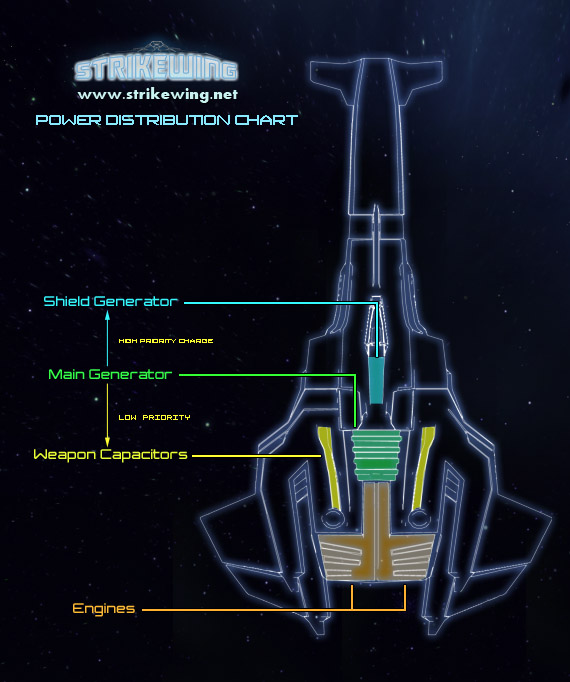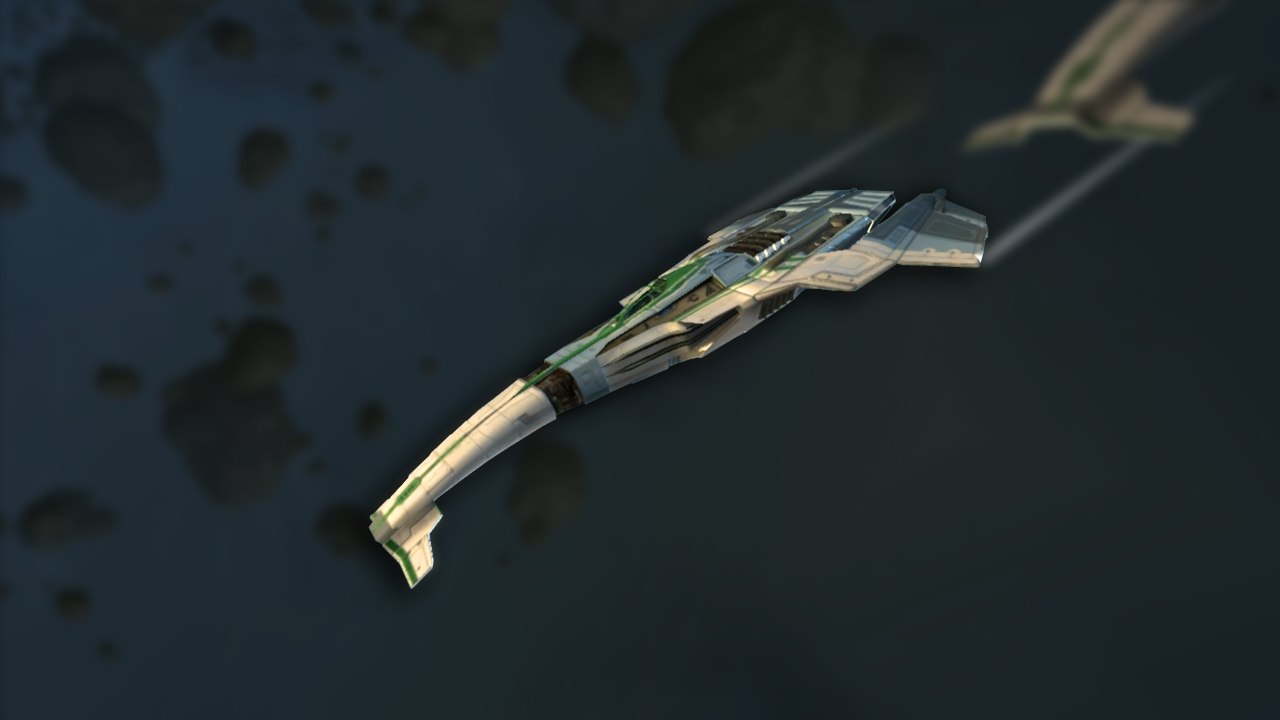Greetings, pilots! In today’s development diary we are going to talk a bit about how ships (and especially fighters) work in the game.
Before we start, we want to make a short disclaimer. While the article is kind of long, and it may seem complicated at first glance, this information is NOT required for you to do well in Strike Wing. However, knowing some of it may give you an edge in a tight spot.
The topics that we’re going to cover today are going to be:
- Ship characteristics
- Shields
- Energy distribution
We’ll leave weapons, engines and handling for the next article.
So let’s get to it
Ship characteristics
In the ship selection screen you’re going to see 4 main characteristics that define your ship. These are:
- Shield – Shields protect you from enemy fire and they regenerate over time at the expense of internal energy. This factor takes into account shield capacity as well as recharge rates and delay, giving you an overall idea of each ship’s shield performance.
- Hull – The most straightforward indicator. The hull shows you the structural integrity of the ship.
- Weapons – This indicator shows you the ship’s weapon performance. This combines weapon total damage, weapon capacitor drain rates, weapon capacitor total power and other factors. A ship registering high on this scale is a deadly foe on the battlefield.
- Handling – this shows you a combination of the ship’s engine performance (afterburner power, energy statistics), lateral thruster power as well as a ship’s turning ability. Ships registering high on this chart are generally faster and more agile than other ships.
Shields
The shields are the last line of defense against any incoming threat. They envelop the hull in an impenetrable force field that is constantly fed by a shield generator.
Shields start recharging a few seconds after damage is taken, so the most efficient way of taking down shields is by using constant damage output, since they don’t get a chance of recharging.
Also, when the shields recharge, they drain power directly out of the main generator with the highest priority. All other subsystems (weapons included) will recharge at a slower pace when shields need to go up.
Shields are especially vulnerable to EM (electromagnetic) discharges and weapons.
Energy distribution
Each ship has 2 main independent power units. The idea behind this is that movement is separated from other systems, so when one fails the ship doesn’t become a sitting duck.
- The engine – provides power to the jets, maneuvering thrusters and afterburner.
- The main generator or power-plant – provides power to all the other systems , the most important being weapons and shields.
The engine has its own capacitor which is discharged whenever the afterburner is used. The afterburner can be used to provide a limited boost of speed in any direction. The ship’s jets are the most powerful units when generating thrust force, however the pilot can boost the lateral thrusters for very sudden lateral motion at the expense of a large chunk of afterburner energy.
The main engine capacitor recharges over time and any afterburner use is only available while the capacitor is not empty.
The main generator feeds all the other ship systems (shields, weapons, sensors, life support), and each system has a certain priority for power distribution. While sensors and life support don’t require a large amount of power, the two main sources of drain are the shield and weapons capacitors.

The shield capacitor always tries to stay charged to protect the ship and its subsystems, but whenever ship integrity is at stake it will take over the generator power almost completely. However, when shields are safe, the drain on the generator is minimal and other systems receive priority.
The weapons capacitor is used only by energy weapons. Projectile weapon systems need only minimal power to operate, but they also have limited amounts of ammo.
The weapons capacitor tries to recharge constantly whenever it starts to drain, however extended use of energy weapons may drain it completely. Whenever shield recharge is also taking place, weapons are recharging with a relatively lower priority, as ship safety always comes first.
The easiest way to disable a ship is to force it to discharge its capacitors while putting strain on its shields as well.
In the next episode we’ll talk more in-depth about weapons, engines and handling.
Over and out

